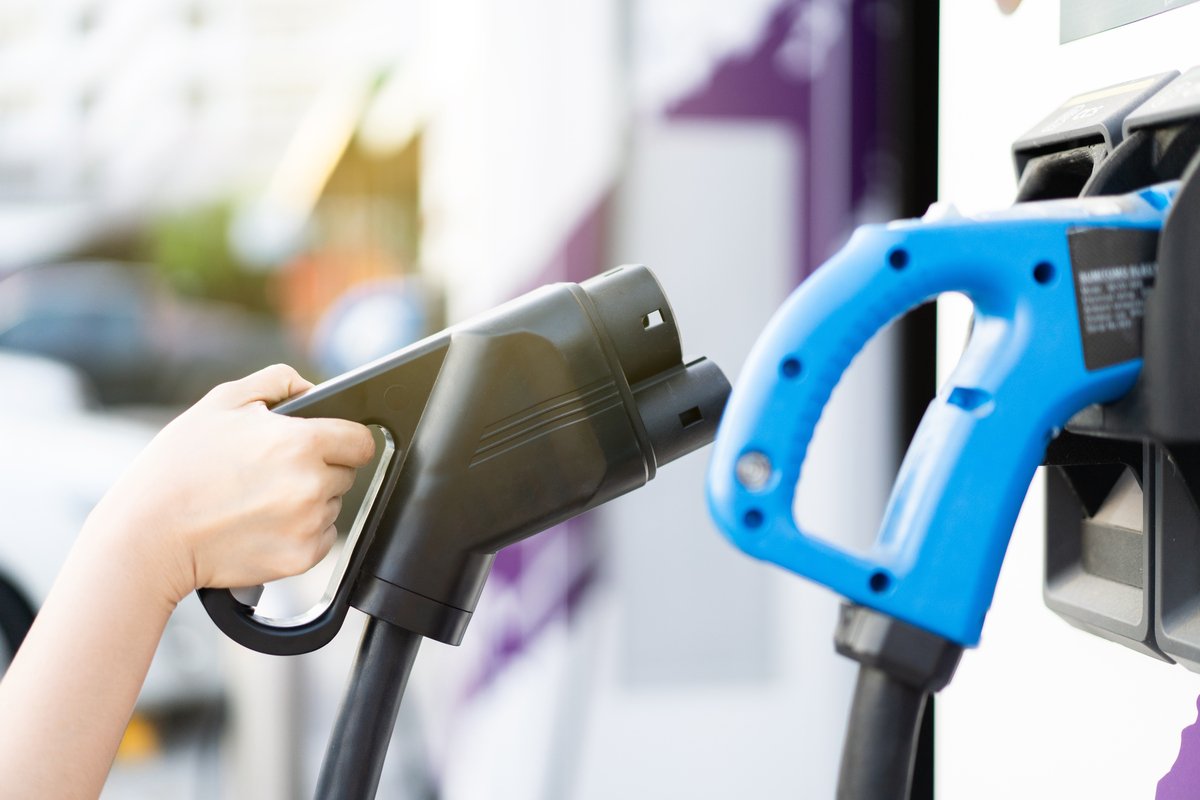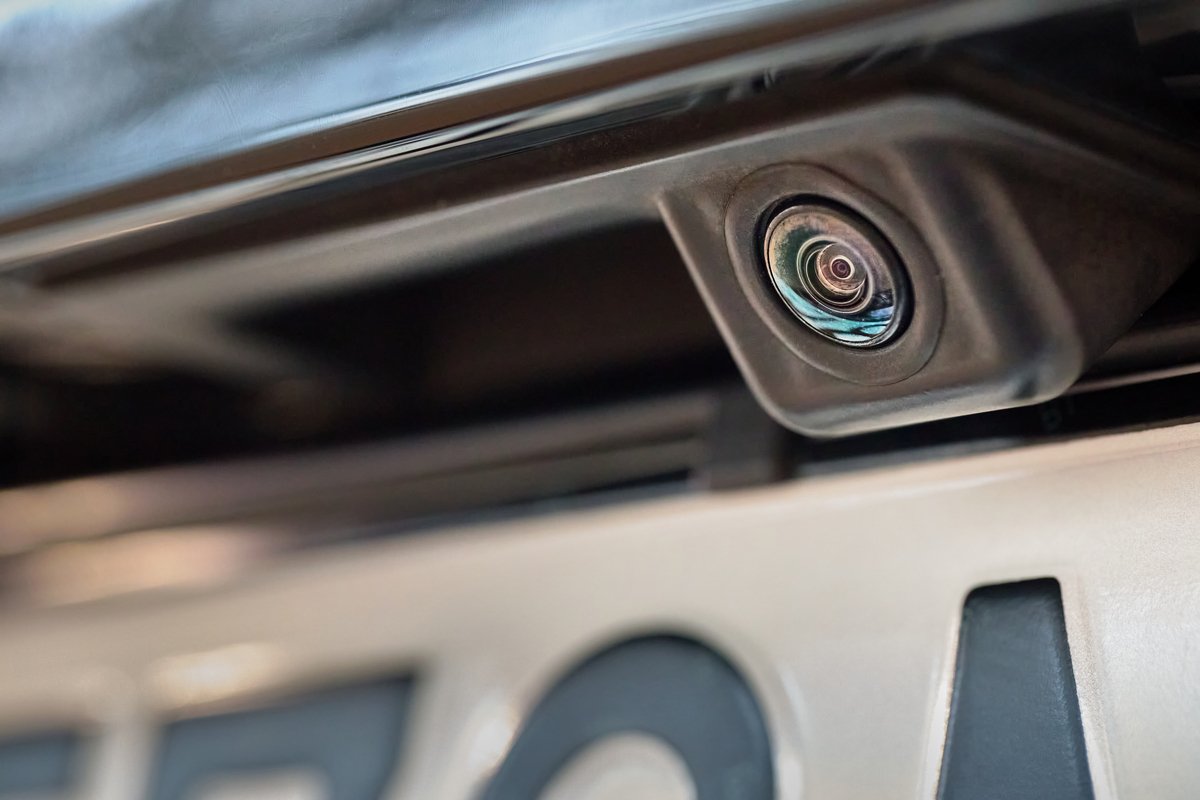This website uses cookies so that we can provide you with the best user experience possible. Cookie information is stored in your browser and performs functions such as recognising you when you return to our website and helping our team to understand which sections of the website you find most interesting and useful.
In 2029, the last legal petrol and diesel vehicles will roll off the forecourt and onto the UK’s roads. The ban on fossil-fueled vehicles is part of the government’s ten-point plan to help the nation reach carbon net-zero by 2050. The initiative means that in less than a decade, commercial fleet operators will be faced with a stark choice: Continue operating and maintaining potentially expensive legacy polluters or switch to greener, electric vehicles.
For designers, there’s more to think about than obvious considerations like battery capacity and range. For example, EV’s will bear extraordinarily high electrical loads on the road and at the charge station. And they must do so while being safe for drivers, pedestrians and other road users. And EVs will be intimately connected to the world around them via an array of sensors and wireless technology that is set to transform automotive design almost beyond recognition. A recent report by global consulting firm McKinsey & Company estimated that increased automotive connectivity could generate a 30% increase in revenue for automotive manufacturers by 2030, adding up to a $1.5tn expansion of revenue pools globally.
The report goes on to state that the revolution in sensor and connectivity tech could mean up to 15% of new cars sold in 2030 could be fully autonomous, requiring no driver intervention whatsoever to operate safely on the roads. The challenges ahead will see automotive designers and manufacturers get to grips with software literacy to get ahead, as well as more cooperation between competing manufacturers.
The commercial EV market is still vulnerable to disruption and will remain so until way beyond 2030 as new players and technologies emerge. So, designers must be ready to anticipate and react to new market trends and business models to stay competitive. In this guide, we’ll take a brief look at some of the considerations designers and engineers should consider when achieving these goals.
High power charging

The cost of EVs is beginning to level out as battery capacity increases while becoming more affordable. At the same time, a rapidly expanding network of charging infrastructure is beginning to put an end to ‘range anxiety’—which has historically been the major engineering challenge and barrier to widespread adoption. The time it takes for vehicles to receive a full charge is now more salient, especially for commercial EVs, for which lengthy idle times during charging could cause logistical and financial challenges.
Almost all EVs are equipped to charge from an AC supply of up to 22kW. Charge times to 80% battery such units vary from around nine hours from a household single-phase charger to a respectable three hours from a three-phase 22kW station. By contrast, the slowest DC high-power chargers (HPCs) rated at 25kW will achieve this in a rapid 1.5 hours, while ultra-rapid chargers, rated at 150kW, take just 15 minutes—and the next generation of 350kW chargers cuts that time by half.
On charging, fleet operators may find themselves taking the lead from domestic EV drivers, for whom slow charging overnight is supplemented by regular top-ups at rapid stations while on the road is a common strategy.
HPC challenges
- Bigger battery capacities mean more miles between charges. But this shouldn’t come at the expense of longer wait times at the charger.
- DC high-power chargers place vehicles under tremendous load—right at the moment when no air cooling is available. Sensible thermal and electrical dimensioning is a must.
Leading the Charge on EV Power
Power and charging solutions from Dalroad remove the risk for early EV and hybrid adopters and help them get ahead of the curve on legislation. Our inventory includes charging components, power trains, relays, connectors, high-voltage cable assemblies, and more. We can connect designers with next-generation tech from leading global manufacturers and have an in-house team of engineers ready to support your project.
Connectivity & sensors

From parking sensors to traffic alerts, GPS and more—even the least sophisticated vehicles on today’s roads are already profoundly connected to the world around them. Around 50% of all cars already have an internet connection. That figure could be as high as 95% by the time petrol vehicles are phased out in 2030, according to the McKinsey Institute.
But internet connectivity is just the tip of the iceberg. The next generation of EVs will use wireless networking to connect and communicate with each other through 5G vehicle-to-vehicle (V2V) connections. And they will also receive and relay data to and from the highways’ growing wireless infrastructure, with vehicle-to-everything (V2X) communication designed to make roads safer and ease congestion.
Connectivity falls broadly into three categories:
Infotainment
Cockpit-controlled infotainment systems keep passengers occupied and relay important information to the driver.
- Heads up display
- Media player, video and audio systems
- Control console
Telematics
Telematics is the relay of data related to the vehicle like location tracking and engine diagnostics. For fleet owners, telemetrics will be the key to efficient operation and resource management.
- Driver behaviour monitoring
- GPS tracking
- Vehicle diagnostics
V2X
Vehicle-to-everything (V2X) communication incorporates connections to the internet of things (IoT), including highway infrastructure, the home internet network, and connected devices. V2X comms also make over-the-air vehicle software and firmware updates possible.
- Vehicle-to-vehicle (V2V)
- Vehicle-to-home (V2H)
- Vehicle-to-driver (V2D)
- Vehicle to Infrastructure (V2I)
- Vehicle-to-network (V2N)
Sensors and automation
Increased internet connectivity is integral to the drive toward automated and self-driving vehicles becoming more common on UK roads. But it’s just a small part of the overall picture of how the next generation of vehicles will react to their environment—through a vast array of sensors that will eventually allow drivers to take on a passenger role.
The average high-end EV is already equipped with over 100 sensors relaying information to the vehicle on everything from engine temperature and pressure to the road and traffic conditions ahead. The latter are essential for level 4 (autonomous with driver intervention required) and level 5 (fully autonomous and driverless) vehicles and will become more numerous and sophisticated as EV tech improves.
- Diagnostic sensors (oxygen, manifold pressure, wheel speed, etc.)
- Cameras
- Radar and LiDAR (laser-based Radar)
Connectivity and sensor challenges
- The hundreds of sensors in EVs generate continuous heavy data streams requiring robust sensor fusion strategies to tell vehicles what data is pertinent and what can safely be ignored.
- Low voltage sensor and connectivity systems will be densely packed inside the vehicle alongside high voltage drive and charging systems, which could cause electromagnetic interference. Shielding is essential.
- Internet and wireless connectivity pose potential security risks from hackers and other bad actors.
The driver becomes passenger with Dalroad & TE connectivity
Dalroad has partnered with leading EV interconnectivity specialist TE Connectivity to give our clients unparalleled support to meet these challenges.
Combined with decades of in-house experience and insight from our in-house engineering team, TE Connectivity’s signal and power transmission components and sensors represent the last word in intelligence for the next generation of commercial EVs.
Miniaturisation and high-density design

As EVs become more sophisticated, the number, complexity and size of electrical systems required rises proportionately. It goes without saying that vehicles can’t keep getting bigger to accommodate more components.
Aside from cost and efficiency tradeoffs, increased size means long paths of travel for data and signals being relayed from sensors to processors and the introduction of delays into a system where a fraction of a second could make the difference between a successful evasive manoeuvre and a collision. So, EV engineers must look to intelligent, compact design and miniaturisation to reduce bulk and keep vehicles efficient.
Consumer electronics have already laid much of the groundwork for miniaturisation and high-density design we will see becoming more common in EVs. However, the operating environment in a vehicle on the road couldn’t be more different from that of, for example, a mobile phone or digital camera, so challenges are still to be overcome.
Miniaturisation and high-density design challenges
- Designers will have to pay more attention to tolerances, and the spacing between components as systems get smaller.
- Systems must be able to withstand prolonged heat, pressure and vibrations over a lifetime of many years.
- Sub-optimal density and miniaturisation impact vehicles’ efficiency.
High-density design & miniaturisation support from Dalroad
Dalroad’s inventory features a comprehensive range of micro components to help EV engineers achieve safe, efficient miniaturisation and high-density design.
Plus, our in-house team of engineers can provide full support and independent advice on incorporating next-generation compact systems into your commercial fleet design project.
We’re Driven to Support Your Commercial EV Project
We’re helping manufacturers all over the world maximise the performance of their vehicles with the latest and greatest technology. Working with world leaders like TE Connectivity, DEUTSCH and many others, we’re helping the world electrify more quickly. With a huge catalogue of components and experts to-hand, we can support you with the expertise and components you need to develop revolutionary vehicles.
For more information on any aspect of commercial EV design and production, talk to our independent team of engineers.

